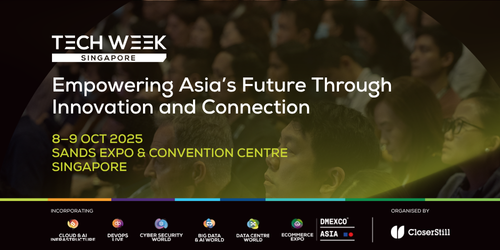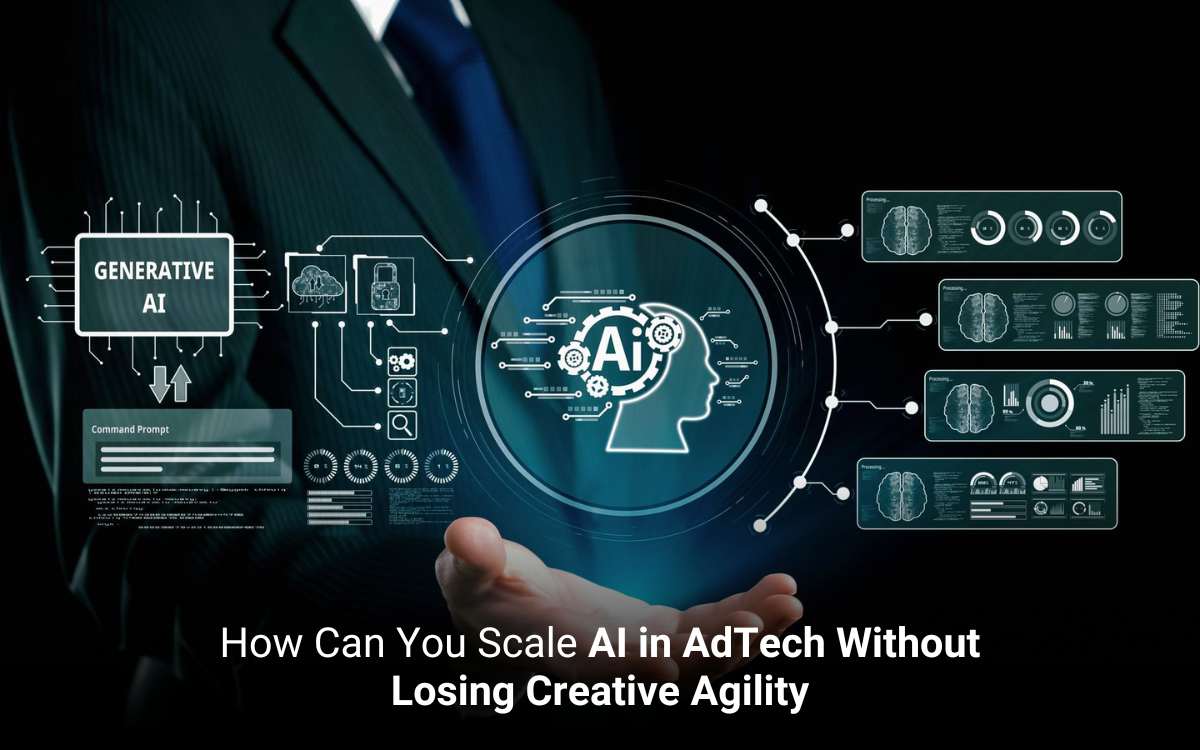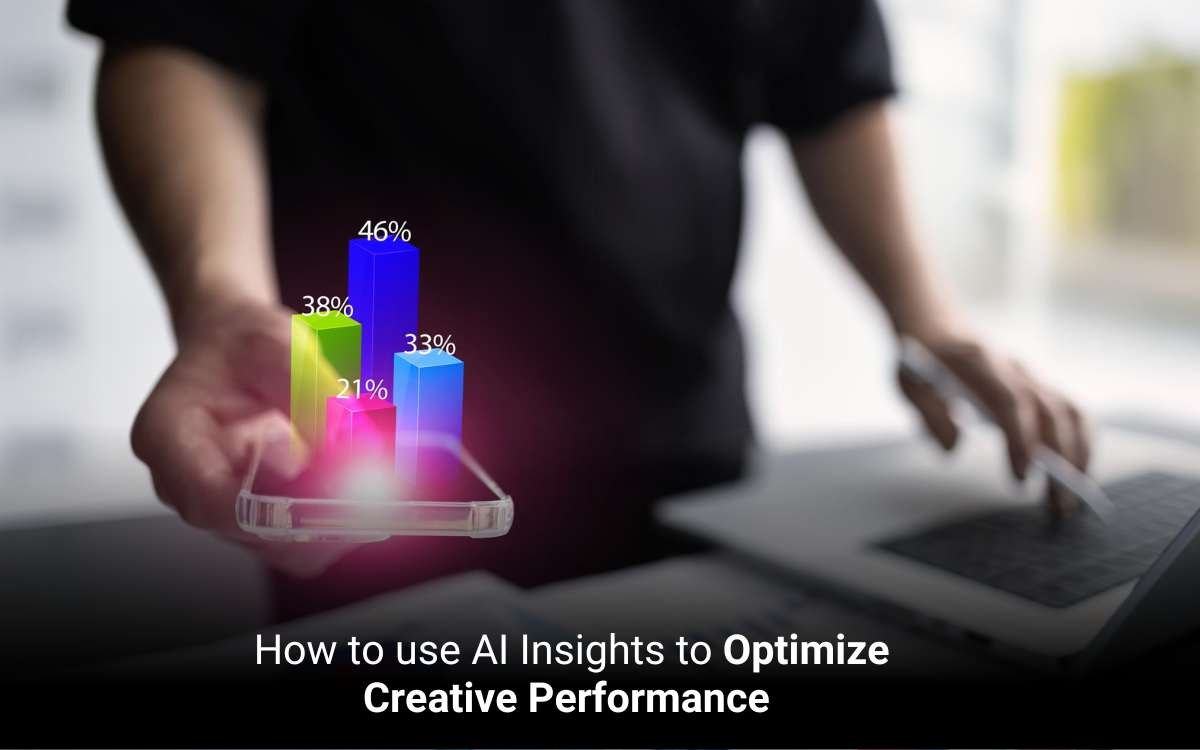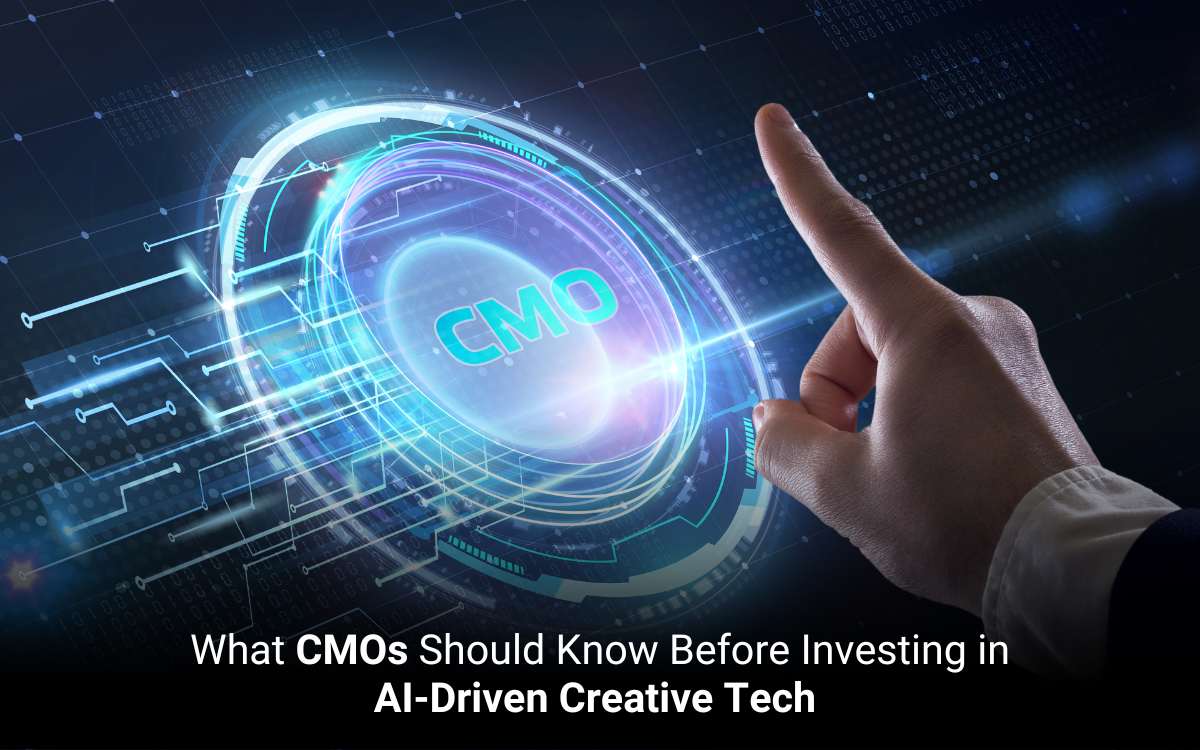Your AdTech team cracks an AI targeting algorithm to deliver precision. CTRs are up, conversions are climbing, and your campaign reach is limitless. But then a creative director walks in with concern: the ads are starting to feel repetitive. The AI is optimizing for clicks, but the brand spark is fading. So, the question arises: how do you scale AI without sacrificing creativity?
Scaling AI in AdTech is about finding a collaborative model. AI can take on the heavy lifting of data processing, audience segmentation, and performance forecasting, freeing human resources to focus on ideation and storytelling.
This article will discuss the strategies for scaling AI in AdTech without losing creativity.
Defining Key Concepts for AI in AdTech
Here are the key concepts implemented for AI in AdTech.
1. Predictive Campaign Optimization
AI models forecast campaign performance and adjust budget allocation, bidding strategies, and channel mix.
Example: An AdTech firm running LinkedIn and programmatic display campaigns for an HR software provider uses AI to predict which ad sets will drive the most demo requests.
Takeaway: Predictive optimization protects ROI but must be paired with creative variation.
2. Dynamic Creative Optimization (DCO)
AI generates creative variations tailored to audience segments and testing performance.
Example: A cloud infrastructure provider uses DCO to show IT managers technical feature ads while targeting CEOs with ROI-driven case studies.
Takeaway: DCO merges AI’s adaptability with creativity, but oversight is critical to ensure brand consistency.
3. Creative Intelligence
Definition: AI tools that analyze historical creative performance to suggest design, copy, and format improvements.
Example: A marketing team at a supply chain tech company uses AI to identify that visuals with authentic factory images outperform stock graphics in engagement.
Takeaway: AI informs creativity without replacing it.
4. Cross-Channel Attribution with AI
Leveraging AI to track and attribute customer interactions across multiple touchpoints, ensuring accurate measurement of impact.
Example: A cybersecurity solutions provider uses AI to see that a prospect’s journey starts with a whitepaper download from a display ad, followed by retargeting on LinkedIn, and ends with an inquiry.
Takeaway: Accurate attribution enables smarter investment decisions and aligns marketing spend with pipeline growth.
How to Scale AI in AdTech While Maintaining Creative Agility
Here is the process of scaling AI in AdTech while maintaining agility.
1. Build a Human-in-the-Loop AI Framework
Keep human oversight at critical points in the AI decision-making process to preserve creative intent.
Example: A marketing automation platform uses AI for audience targeting, but every creative concept still goes through for approval.
2. Separate AI’s Analytical Role from Creative Direction
Let AI handle functions while reserving ideation, storytelling, and emotional resonance for creative teams.
Example: An AdTech firm serving enterprise SaaS providers uses AI to identify which industries respond best to product demos. The creative team then crafts narratives tailored to the C-Suite in each sector.
3. Blend Predictive Analytics with Creative Experimentation
Definition: Use AI’s forecasting to guide tests, but allow room for unconventional creative choices.
Example: A supply chain software firm’s AI predicts that case study videos will outperform blogs for lead generation. The creative team runs both tests on a variation that ends up going viral.
4. Foster Cross-Disciplinary Collaboration
Break silos between data science, creative, and sales to ensure AI insights translate into market-ready campaigns.
Example: An AdTech company orchestrates “AI + Creativity Sprints” where data analysts share emerging patterns with creative directors.
5. Measure Creative Impact, Not Just Performance Metrics
Track not only conversions and CTRs but also creative diversity, brand recall, and audience sentiment.
Example: A cloud infrastructure provider uses AI sentiment analysis to assess how creative assets influence perception over time.
Benefits of Scaling AI in AdTech While Maintaining Creative Agility
Below are the benefits that show how this balance creates business impact.
1. Faster Time-to-Market Without Creative Shortcuts
AI automates tasks such as data analysis, ad placement, and A/B testing, freeing creative teams to focus on ideation.
Example: An AdTech agency serving industrial automation companies uses AI to generate multiple campaign variations based on performance data.
2. Continuous Optimization That Retains Value
AI monitors campaign performance and adjusts variables, while human oversight ensures campaigns don’t become predictable.
Example: A cybersecurity solutions provider uses AI to shift spend toward high-performing ads but rotates in creative concepts every quarter.
3. Data-Informed Creativity That Improves Impact
Benefit: AI insights reveal patterns and preferences that are relevant and resonant.
Example: A supply chain software company learns via AI analytics that buyers respond best to interactive content; the creative team develops assets based on it.
4. Brand Equity Alongside Performance Gains
While AI focuses on conversion-driven actions, creative agility ensures emotional connection remains central.
Example: A cloud infrastructure firm runs AI-optimized campaigns that generate leads, but also invests in thought-leadership video series.
5. Future-Proofing Against Market Saturation
By blending AI scale with human creativity, campaigns remain distinctive in competitive environments.
Example: An AdTech platform launches AI-personalized LinkedIn campaigns for SaaS companies but overlays them with original storytelling formats.
Conclusion
The brands that will lead will use AI as an amplifier for creative thinking. They’ll use AI to inform, accelerate, and inspire. This synergy is where true competitive advantage lies. But precision alone won’t build lasting brands. Creativity remains the soul for shaping narratives that drive long-term loyalty. The challenge for leadership is how to master the art of integrating them.
When AI handles the heavy lifting, creative teams craft compelling stories, experiment with fresh formats, and push boundaries.




